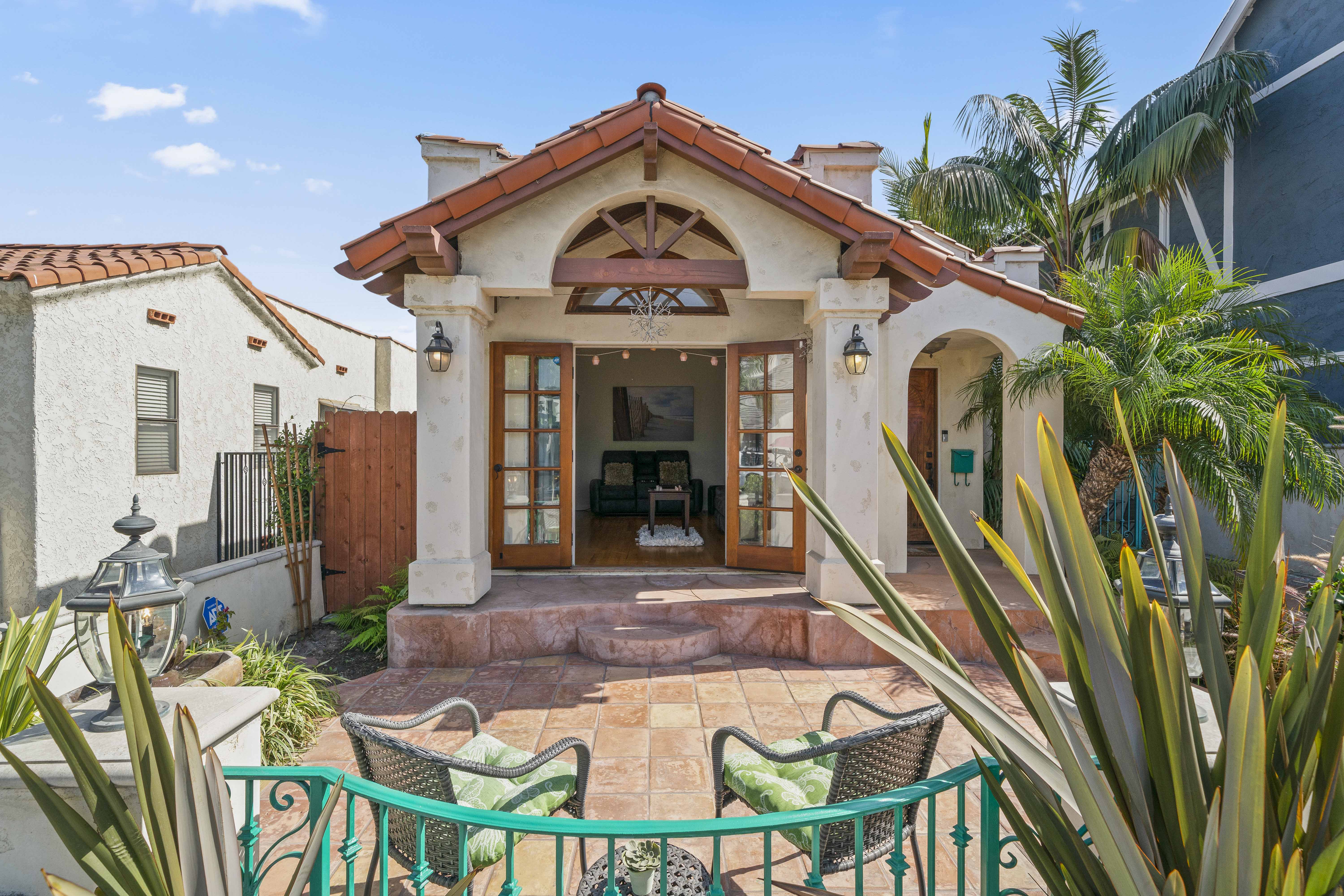Table Of Content

Ornamentation was typically of terracotta and was often vaguely Moorish in design. Windows and doors in myriad arch shapes, from Moorish to flattened semicircles, were also often edged with heavy mouldings of stone, brick, or terracotta. All these details fit nicely within the Arts & Crafts movement’s tendency to stress indigenous architectural forms and at the same time presaged the eclectic European architectural revivals that would prevail in the 1920s and ’30s.
iv) Palm Beach Town Hall
If you have watched “Money Heist,” you are probably familiar with the architecture of this building as there is an extensive display of its models. If not, the flat roof, narrow windows, and white walls give away the Spanish design of the building. The Hotel de Oriente has curved doorways and a relatively flat compared to what you see in Victorian architecture. The ornaments on the windows are not typical for Spanish homes but work perfectly on townhouses.
What Is Spanish Colonial Architecture?

While you can still find many Spanish colonial-era buildings and churches throughout America, most homes you see are part of the revival movement. Starting in the 19th century, and inspired by events like the world’s fair, architects began to build houses that harkened back to Spanish rule. Many cities also chose to design public buildings and spaces around a unified, Spanish-inspired style.
Design Styles
The materials that the Spanish used were not complex and never required any industries or new skills to prepare. The Monterey style’s primary feature is a second-floor porch across the front of the house, recalling an early tradition in Monterey, California. This house in Pasadena also features an unusual, unadorned pointed-arch doorway.
Hot property: Classic Spanish-style home, a rare find in Baltimore, lists for $1.375M in Guilford - Capital Gazette
Hot property: Classic Spanish-style home, a rare find in Baltimore, lists for $1.375M in Guilford.
Posted: Thu, 30 Nov 2023 08:00:00 GMT [source]
These include the Mission (or Mission Revival), Spanish Colonial Revival, Pueblo Revival, Territorial, and Monterey styles. To that list we might add the Mediterranean Style, which is a blend of rustic Italian and Spanish Renaissance styles. In fact, all the Spanish revival styles are sometimes lumped under the Mediterranean label.
Additionally, it can be found in its former colonies and some non-Spanish colonies too. Pueblo Revival is now the officially required building style for new structures in the historic area of Santa Fe, and is routinely used in new construction outside the historic area as well—which has resulted in at least one gigantic “adobe”-canopied gas station. A traditional Spanish house in Albuquerque sports an unusual Pueblo-style bay window, replete with vigas—projecting round beams used in traditional Pueblo work.

Adobe walls were dominant in Spanish colonial architecture, especially in parts like California and Florida. The adobe brick is made of mud and straw, materials the Spanish never had to bring on their ships. In California, the Monterey style also blended old Spanish building characteristics with those of eastern houses of the same period. The Monterey Revival, a minor 20th-century version of an earlier style, featured projecting balconies on the front of the second floor. The 1909 Gerson House in Oklahoma City, with its arcaded porch, stuccoed walls, barrel-tile roof, and curved dormers, is a good early example of the Mission Revival style.
With so many elementary and high school textbooks tracing the United States from the pilgrims to the Revolutionary War, over 400 years of Spanish rule in what is the modern-day U.S.A. gets tossed by the wayside. Marshall Bright is a freelance lifestyle writer and home décor expert for MyDomaine with over 10 years of experience. Bright has covered everything from design to health to food for websites like Apartment Therapy, Refinery29, InStyle, and SheKnows.
Additionally, since the patio was available, the alfresco kitchen made it easier for families to dine outdoors. Since the Spanish majorly visited areas with dry climates in America and other parts of the world, their architecture had to conform to the climatic needs. The Spanish were mostly found in areas along the beaches or places with warmer temperatures, which need stone foundations for the houses to stand for long. Since the Spanish were busy discovering new territories, they could not carry around building materials. The Pueblo Revival is a 20th-century adaptation of a building type developed in the late-18th and early-19th centuries in New Mexico’s Rio Grande Valley.
During the late 19th- and early-20th centuries, however, builders in parts of the country with a Spanish heritage began to follow quite a different vision—or, to be more precise, several different visions. As mendicants were pushed out of central Mexico and as Jesuits also evangelized Indians in northern Mexico, they built mission churches as part of a larger complex, with living quarters and workshops for resident Indians. The first churches to be built by the Franciscans to evangelize the populations were the Church of San Francisco and the Iglesia de la Merced, and later the cathedral.
With elegant interiors and well-designed outdoors, the building must have been, and still is, a marvel when it was built. The flat roofs did a tremendous insulation job, regulating the temperatures in a house, making the choice a practical one. Additionally, the hot regions the Spanish visited barely received any rainfall or snow, and there was no need for sloping roofs. A major aspect of the Spanish styles, like all the Romantic Revival styles, was the imaginative use of the landscape to extend and enhance the buildings. In the 1920s and 1930s an army of talented landscape architects such as Olmsted and Olmsted, Lloyd Wright, and Florence Yoch created near-magical settings for the homes of the wealthy in every style. These regional differences, as well as changing architectural tastes over 50 years, left the landscape with a number of very different “Spanish” styles.

No comments:
Post a Comment